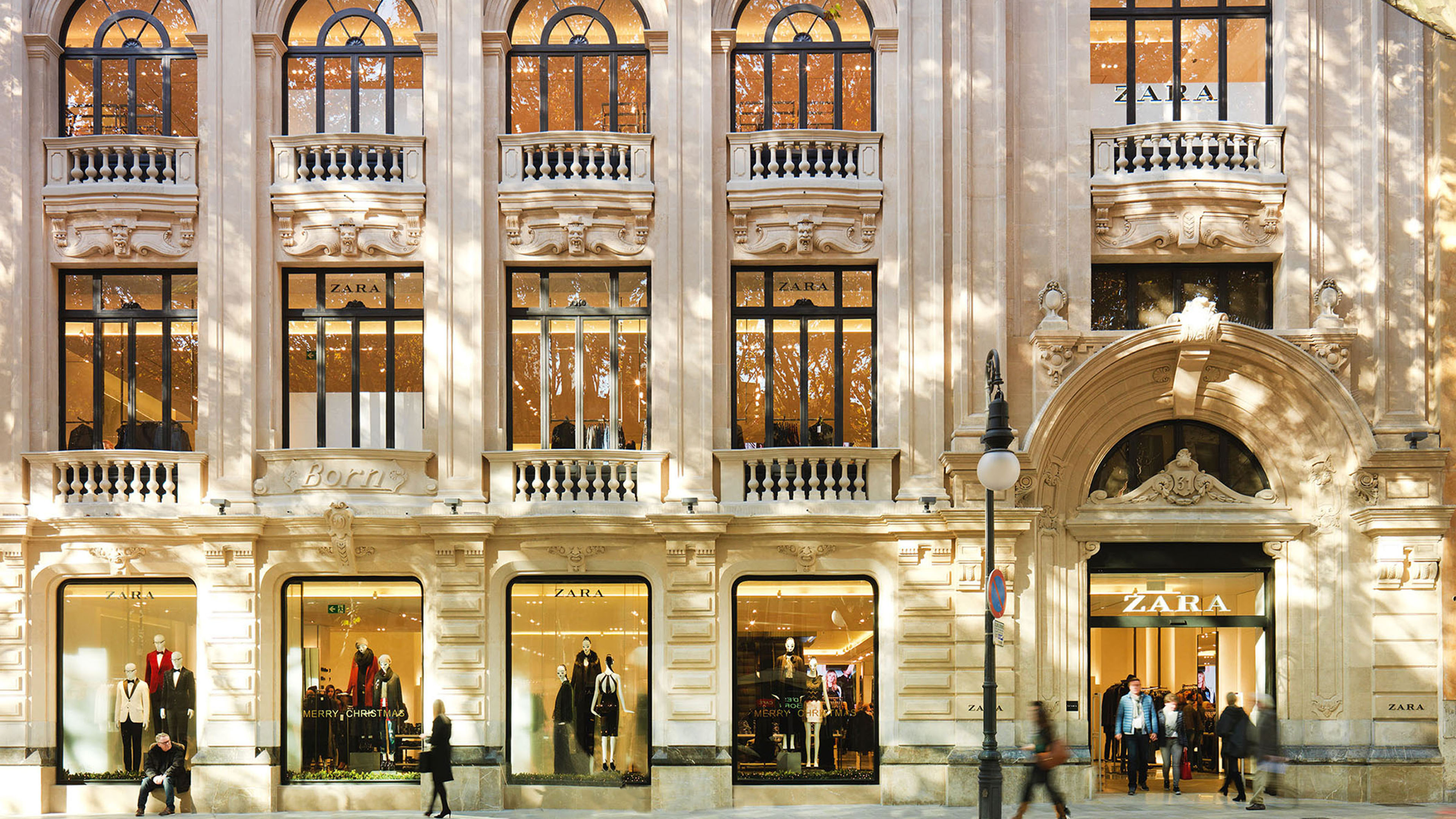
The history of RFID is long and interesting. As I wrote in a previous article, the technology has its roots in World War II. For the retail industry, the adoption fuse has been slow to burn. Multiple times, I have asked the question myself, are we there yet?
In my view, we are closer than ever to making RFID one of the key standards to address inventory visibility whose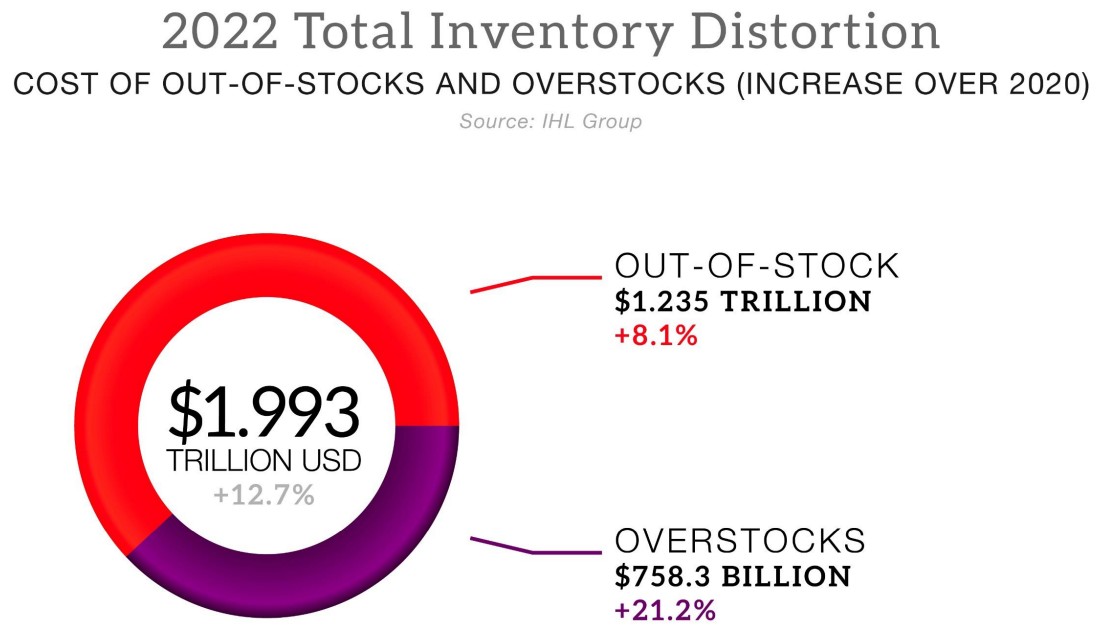 importance was accelerated by the COVID-19 pandemic. In 2022, the problem of inventory distortion worldwide totaled an astounding $1.993 trillion.
importance was accelerated by the COVID-19 pandemic. In 2022, the problem of inventory distortion worldwide totaled an astounding $1.993 trillion.
The same IHL research confirms that the number 1 reason, why customers leave your store without buying are empty shelves or out-of-stocks. "This occurred 62.2% of the time consumers didn’t buy, and panic buying in 2020 was a significant driver for this reason. In 2022, this issue overall dropped to 58.9% of the problem in the minds of consumers." By comparison the next reason for leaving the store without buying was "can't find help" at only 13.8%.
The most dramatic insight from the IHL research is inventory distortion lowers consumers trust with the retailer. Note the increase in trust in Amazon in the last two years.
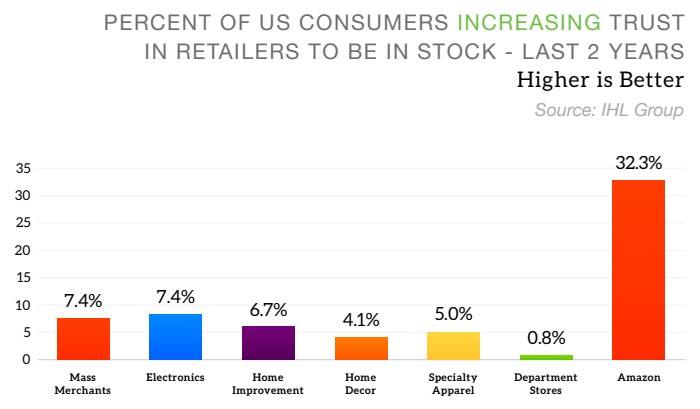
Omnichannel or harmonized retailing requires intensified focus on accurate inventory across the enterprise. RFID today is one of the leading technologies to deliver it.
Inventory Visibility as a Technology Priority
In 2021, I wrote an article titled "What's Driving the 93% Retail RFID Adoption Rate in North America." Accenture research cited in that post had 47% of responding North American retailers in full adoption, 37% in implementation stages, and 10% piloting RFID in 2020. High adoption rates were also cited in Europe and Asia.
The number one RFID application discussed as most important in that 2021 article was accurate inventory visibility. Fast forward another year to 2022, and as below research points out, inventory visibility is now the number one retailer technology priority.
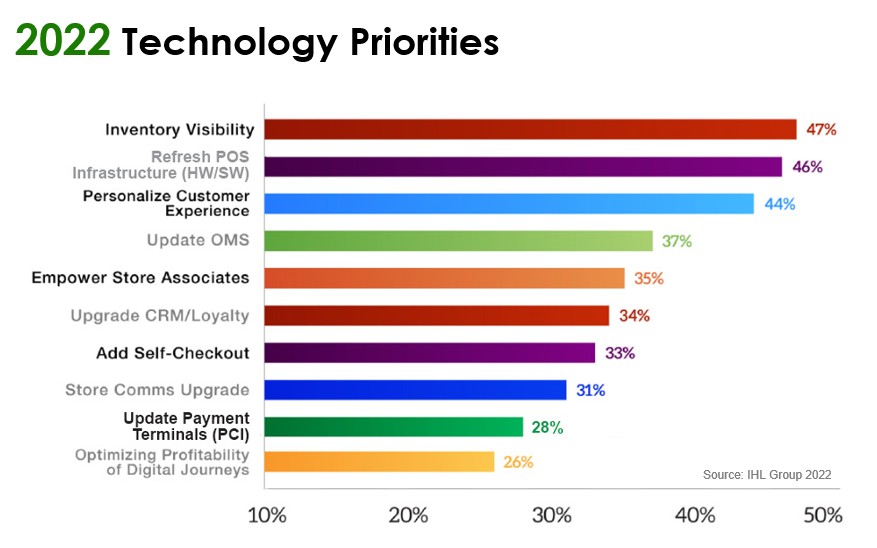
Full disclosure, RFID is not the only technology that can address inventory visibility. I am also a major proponent of computer vision and its evolution in addressing this challenge, especially in some hard goods sectors.
Remodeling the 2023 Physical Store
The latest just published RIS News Store Experience Study, lists RFID as the second most important emerging technology identified by retailers.
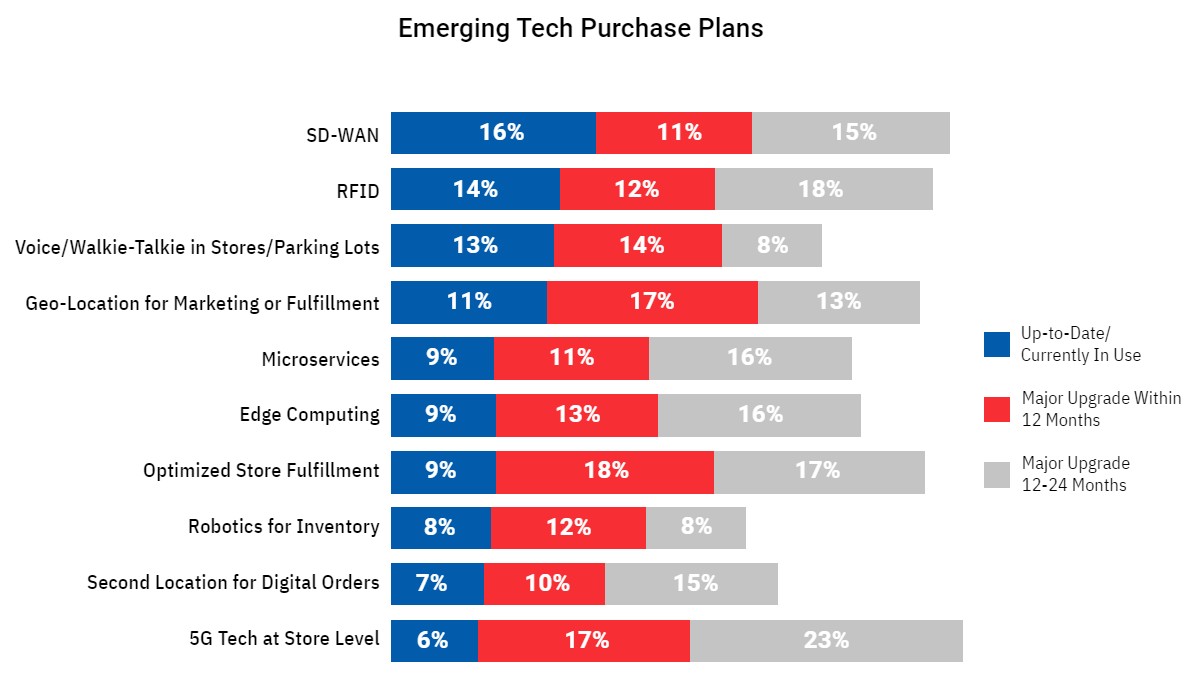
As this study points out, "RFID gives retailers keen insight into inventory visibility, enabling store-based fulfillment. Fifty-four percent of those that have RFID deployed are GMS retailers. Those that have deployed RFID place a higher priority on inventory visibility (7.8% higher) and optimizing the digital journey for store fulfillment (16.7% higher)."
Note the important highly monetary valuable impact of RFID on retailers already using the technology in 2022.
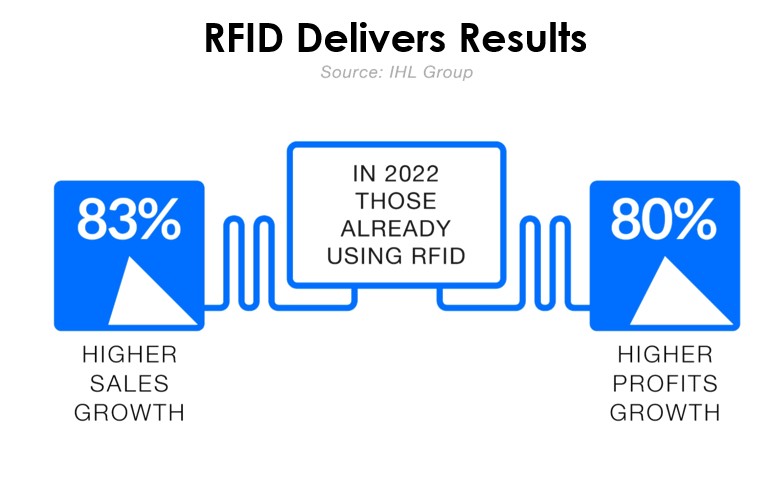
Above chart was shared in our 2023 Predictions Webinar where we analyzed economic, retail, technology, and crime trends for the new year. RFID was one of three base technologies driving the retail winners in 2022. The others two were edge computing and extending communications beyond the store.
RFID as a Loss Prevention Use Case
The omnipresence of RFID in retail is further exemplified by the latest NRF 2022 Security Survey. Note the elevation of this technology in the importance of loss prevention.
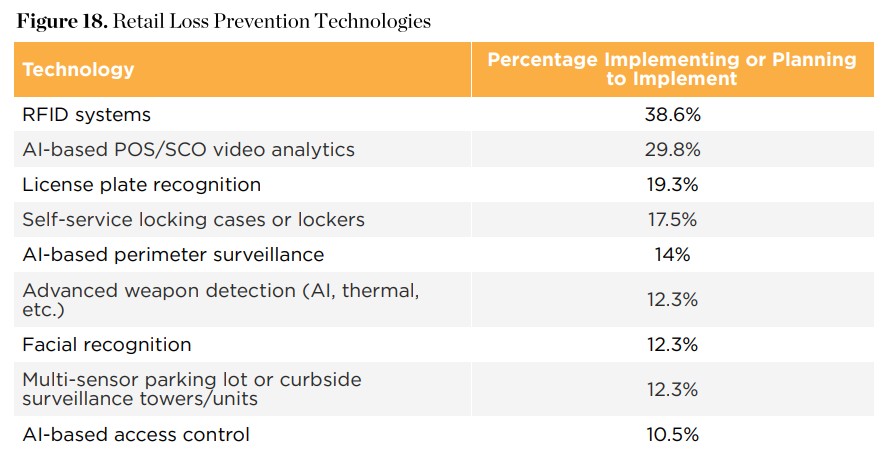
As the NRF study researchers pointed out, multiple of "these technological changes represent a shift toward more intelligence based loss prevention practices, as many of the technologies provide more data, and richer data, about offenders and loss events at stores and other facilities. This intelligence is necessary for investigating crimes, but it is also necessary for detecting where problems are occurring and addressing those problems."
Interesting that RFID is number one, but in my view, this Internet-of-Things technology is just getting started with the potential it can deliver in smarter security solutions to attack changing and escalating crime patterns in retail. Incidentally, above table has a computer vision application as the number 2 important loss prevention technology.
I have been privileged to have been part and even influenced the direction of both computer vision and RFID. I can confirm that their omnipresence and importance across harmonized retail channels will dramatically increase in the future.
---------
(*) Opening Image Zara Mallorca Courtesy of Inditex Media Gallery. Inditex is a leader in the global deployment of RFID.
















